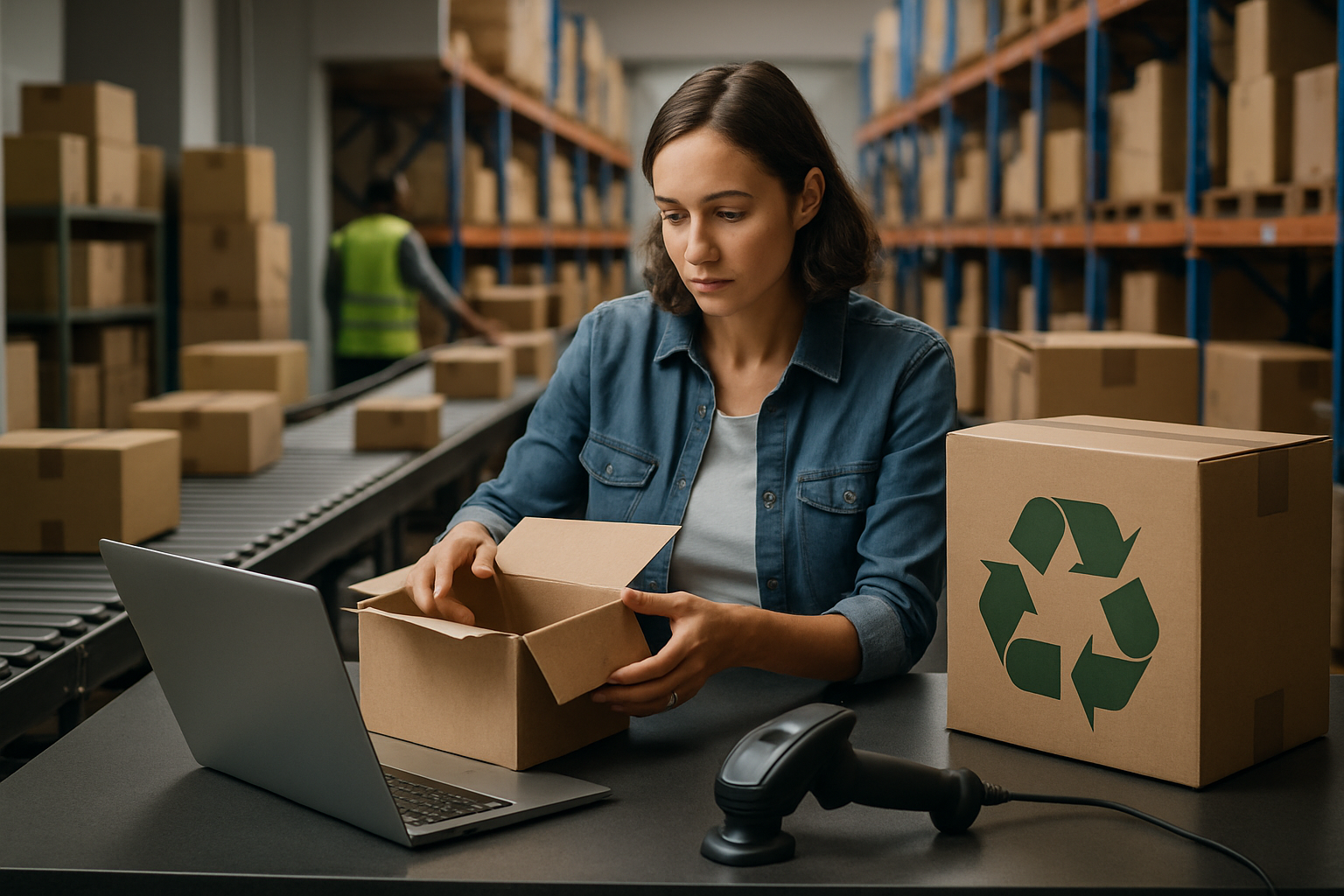Reverse Logistics: Turning Returns into Revenue
The untapped potential of product returns has long been overlooked in business operations. As consumer expectations evolve and e-commerce expands, reverse logistics is emerging as a critical strategy for enhancing profitability, sustainability, and customer satisfaction. This article explores how companies can transform their return processes from cost centers into value-generating opportunities.

The Evolution of Reverse Logistics
Historically, product returns were viewed as a necessary evil, a cost of doing business that ate into profits. Companies focused on minimizing returns rather than optimizing the return process. However, as e-commerce has grown and consumer expectations have shifted, the volume of returns has increased dramatically. This shift has forced businesses to reevaluate their approach to reverse logistics.
In the past decade, forward-thinking companies have begun to see reverse logistics as an opportunity rather than a burden. They’ve recognized that a well-managed return process can improve customer loyalty, reduce waste, and even generate additional revenue. This paradigm shift has led to the development of sophisticated reverse logistics strategies and technologies.
The Hidden Value in Returns
Returns aren’t just about recouping losses; they’re a goldmine of potential value. When managed effectively, returned products can be refurbished, resold, or recycled, creating new revenue streams. Additionally, the data gathered from returns can provide valuable insights into product quality, customer preferences, and market trends.
Many companies are now implementing advanced analytics to extract actionable intelligence from their return data. This information can be used to improve product design, enhance marketing strategies, and optimize inventory management. By viewing returns as a source of valuable information, businesses can turn a traditionally costly process into a strategic asset.
Streamlining the Return Process
Efficiency is key in reverse logistics. A streamlined return process not only reduces costs but also enhances customer satisfaction. Companies are increasingly investing in technology to automate and optimize their reverse logistics operations.
Advanced tracking systems, AI-powered sorting mechanisms, and predictive analytics are being employed to speed up the return process and reduce errors. Some companies are even experimenting with blockchain technology to improve transparency and traceability in their reverse supply chains. These innovations not only improve operational efficiency but also provide customers with a smoother, more satisfying return experience.
Sustainability and Reverse Logistics
As environmental concerns become increasingly important to consumers and regulators, reverse logistics is playing a crucial role in sustainability efforts. By effectively managing returns, companies can significantly reduce waste and minimize their environmental impact.
Many businesses are now implementing circular economy principles in their reverse logistics operations. This involves designing products for easy disassembly and recycling, and developing processes to recover and reuse materials from returned items. Not only does this approach reduce waste, but it can also lead to cost savings and new revenue opportunities through the sale of recycled materials or refurbished products.
Customer-Centric Return Policies
In today’s competitive market, a customer-friendly return policy can be a powerful differentiator. Companies that offer hassle-free returns often see increased customer loyalty and higher overall sales. However, balancing customer satisfaction with profitability requires careful strategy.
Some businesses are experimenting with innovative return policies, such as “try before you buy” programs or personalized return windows based on customer history. Others are leveraging data analytics to identify and address the root causes of returns, reducing return rates while improving customer satisfaction. The key is to view returns not as a necessary evil, but as an opportunity to enhance the overall customer experience.
Strategic Insights for Maximizing Reverse Logistics
• Implement a robust data collection and analysis system for returns
• Invest in automation and AI to streamline the return process
• Explore refurbishment and recycling opportunities for returned products
• Develop a customer-centric return policy that balances satisfaction and profitability
• Integrate reverse logistics data into product development and marketing strategies
• Consider partnering with specialized reverse logistics providers for enhanced efficiency
In conclusion, reverse logistics represents a significant opportunity for businesses to enhance profitability, sustainability, and customer satisfaction. By viewing returns as a strategic asset rather than a cost center, companies can unlock new sources of value and gain a competitive edge in today’s dynamic marketplace. As technology continues to evolve and consumer expectations shift, the importance of effective reverse logistics will only grow. Forward-thinking businesses that embrace this change will be well-positioned to thrive in the future of commerce.





